With Open RAN, transmitting and receiving technology from different manufacturers can be used. (Image: Erich Westendarp / Pixabay)
The open architecture Open RAN is supposed to enable more freedom of choice in the development and expansion of mobile networks. Politicians have recognized that this can open up a way to break away more quickly from dependence on Chinese suppliers. Large sums of money are now being invested worldwide to accelerate development – including in Germany.
In the rollout of 5G networks in Germany and elsewhere, the technology has so far been purchased in packages. Transmitting and receiving equipment come from a single source, because the components only work together within a manufacturer’s portfolio. To replace a vendor, it’s necessary to buy and install the entire equipment again. Since the question of whether Huawei should be removed from the networks has been discussed, this is no longer a purely theoretical problem. The network operators are warning politicians against such a step. This is because they would lose billions, and a large-scale replacement would tie up so many human resources that further expansion of the 5G networks would be delayed by several years.
The concept of an Open RAN architecture shows a way out of the dilemma. The goal of Open RAN is to make components of the transmission and reception technology interoperable across manufacturer boundaries. In this way, only critical components from Huawei could be exchanged for those from other suppliers, while the non-critical ones could continue to be used.
“Buying off” by means of research funding
For years, German politicians have avoided making a concrete statement about Huawei. The Information Security Act 2.0 that has now been presented does not directly prohibit the use of technology from China, but relies on a reliability check. Ultimately, the all-important question remains: do we want to trust Huawei or not? And no matter how many seemingly objective criteria are checked, trust cannot be established in this way – either you have it or you don’t.
Now a way could open up for the German government to quickly get rid of Chinese technology without decisively weakening the urgently needed further development of the communications infrastructure. It has apparently decided to support the development of Open RAN to market maturity with substantial funding.
The Handelsblatt has received a confidential concept in which 15 projects are named that are to contribute to this. The funding of these projects is now underway, subject to the business newspaper. According to the report, the necessary funds are already part of the last economic stimulus package and are distributed among various departments. The Federal Ministry of Research has 635 million euros at its disposal, the Ministry of Transport has 625 million, the Ministry of Economics has another 590 million and the Ministry of the Interior has another 150 million.
Battle for funding pots has begun
A total of 2 billion euros will be invested in this way, with a clear goal: to promote Germany’s technological and digital sovereignty. In addition, a new industry sector is to be established, and the associated new business models will also receive a push. Accordingly, the group of recipients is widely spread: research institutions, start-ups as well as medium-sized companies are to benefit.
Of course, the providers don’t want to be left behind. In addition to national funding pots, they also have their eye on EU funds. Vodafone, Telefónica, Orange and Deutsche Telekom have signed a Memorandum of Understanding (MoU) that is also intended to drive forward the development of Open RAN. The four competitors aim to create a lucrative market volume with their demand and thus stimulate the provider side. At the same time, they aim to support the Open RAN ecosystem, for example by collaborating with initiatives such as O-RAN Alliance and the Telecom Infra Project (TIP).
Early deployments, development at manufacturers and research institutions, including smaller companies or new startups, and validation and certification via test labs should be supported by the European Union. The mobile communications providers would naturally also like to participate in the national funding pots.
Side effects are desired
Other parts of the world have also recognized that Open RAN offers an option for breaking free from the dominant manufacturers. At the moment, this primarily concerns the Chinese providers Huawei and ZTE. But from the USA to Japan, the danger is seen that this could lead to the development of a – european – duopoly of Nokia and Ericsson. Open RAN is therefore also intended to help providers from their own country to have more opportunities. More intense competition could lead to falling prices for network equipment worldwide.
Ericsson is still sticking to its current package concept. The Handelsblatt quotes Ericsson’s network board member Fredrik Jejdling as saying that good quality and cost efficiency can only be achieved through large scales.
The situation at Nokia, on the other hand, is different. The Finns had only recently issued a new corporate strategy. According to this, they want to take a leading role in the market again with 5G and expand market shares – even at the expense of profitability. Accordingly, Nokia will also support Open RAN concepts and Virtual RAN and develop corresponding technologies. This would allow the Finns to remain in the race at least as a partial supplier for Open RAN projects instead of leaving the field to new competitors without a fight. CEO Pekka Lundmark sees this as “repositioning in a changing world.”
Tough competition
These changes include new network providers, especially in the 5G environment. For example, completely new networks are being built in Africa – without a “technical mortgage,” meaning installed technology that must be taken into account. But also without traditional supplier relationships, so that Nokia and Ericsson have to face tough competition.
With 1&1 Drillisch, the market entry of a new network operator is imminent in Germany, too. Group CEO Ralph Dommermuth is also backing Open RAN. His goal is to ultimately be able to offer more favorably priced services through lower investment costs and thus to take market share away from the established providers.
With their pan-European Open RAN initiative, the mobile giants are showing that they take this competition seriously and are ready to face it. In the end, everyone will benefit: from lower end-customer prices and faster innovations.
Parts of this text were translated with www.DeepL.com

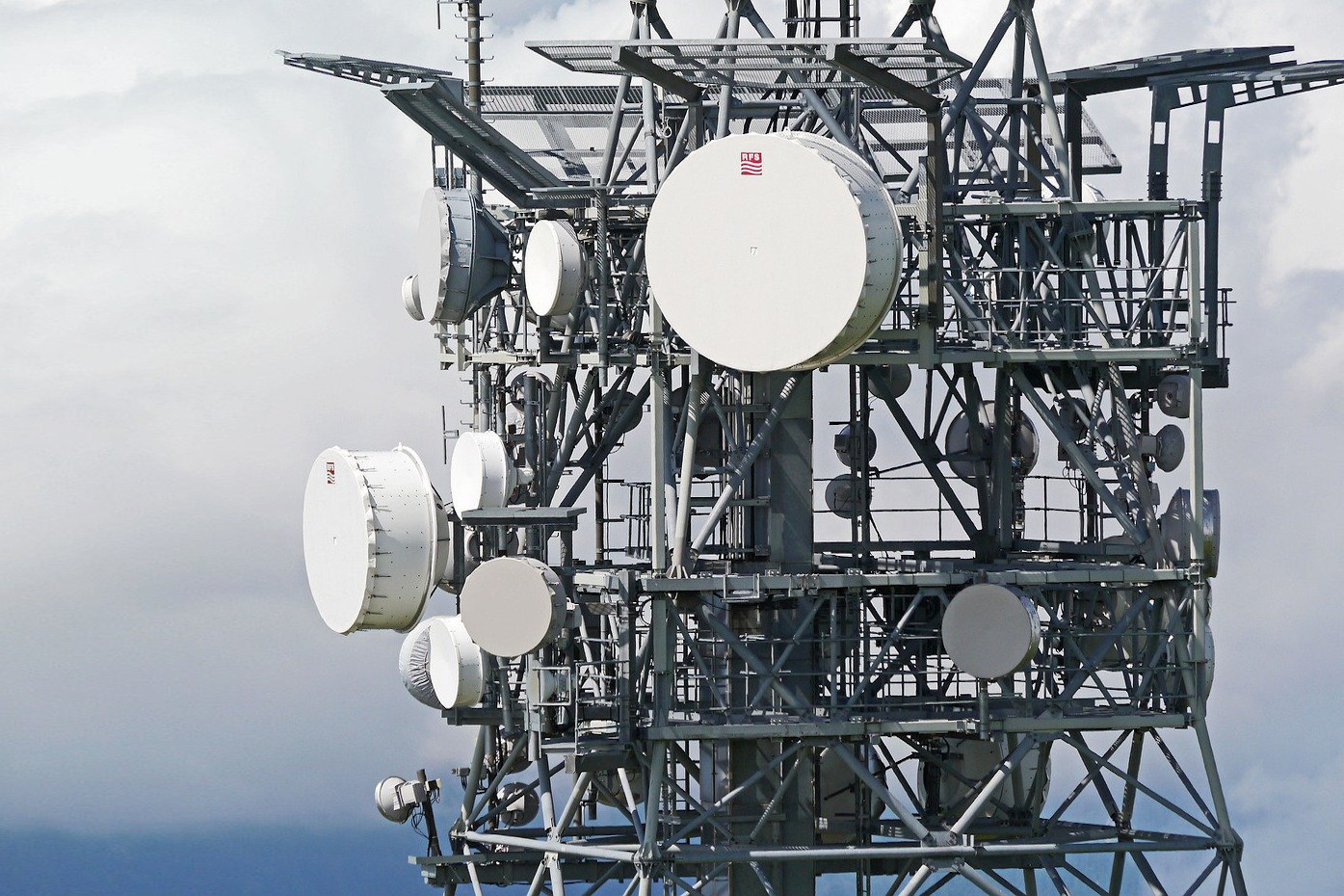
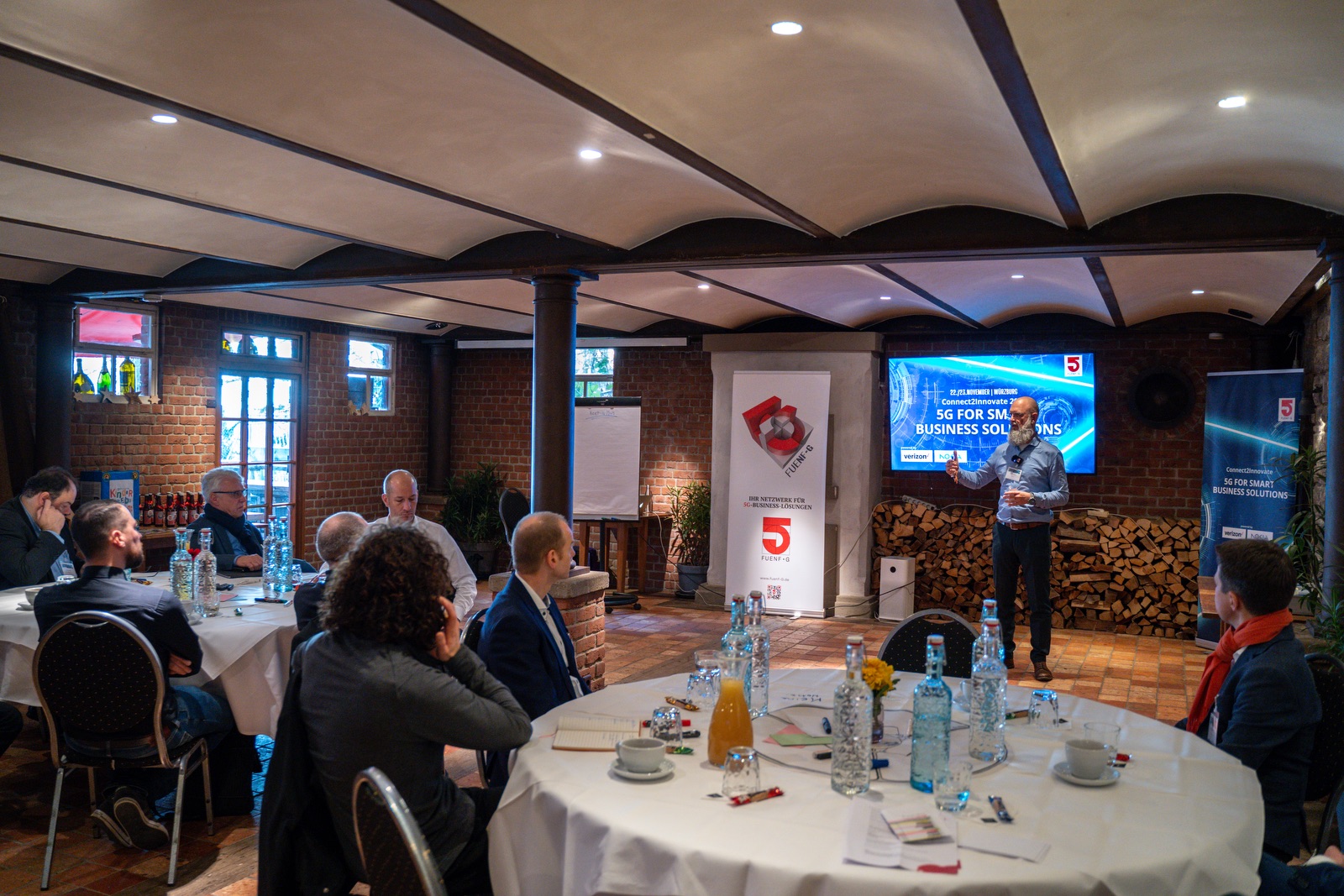

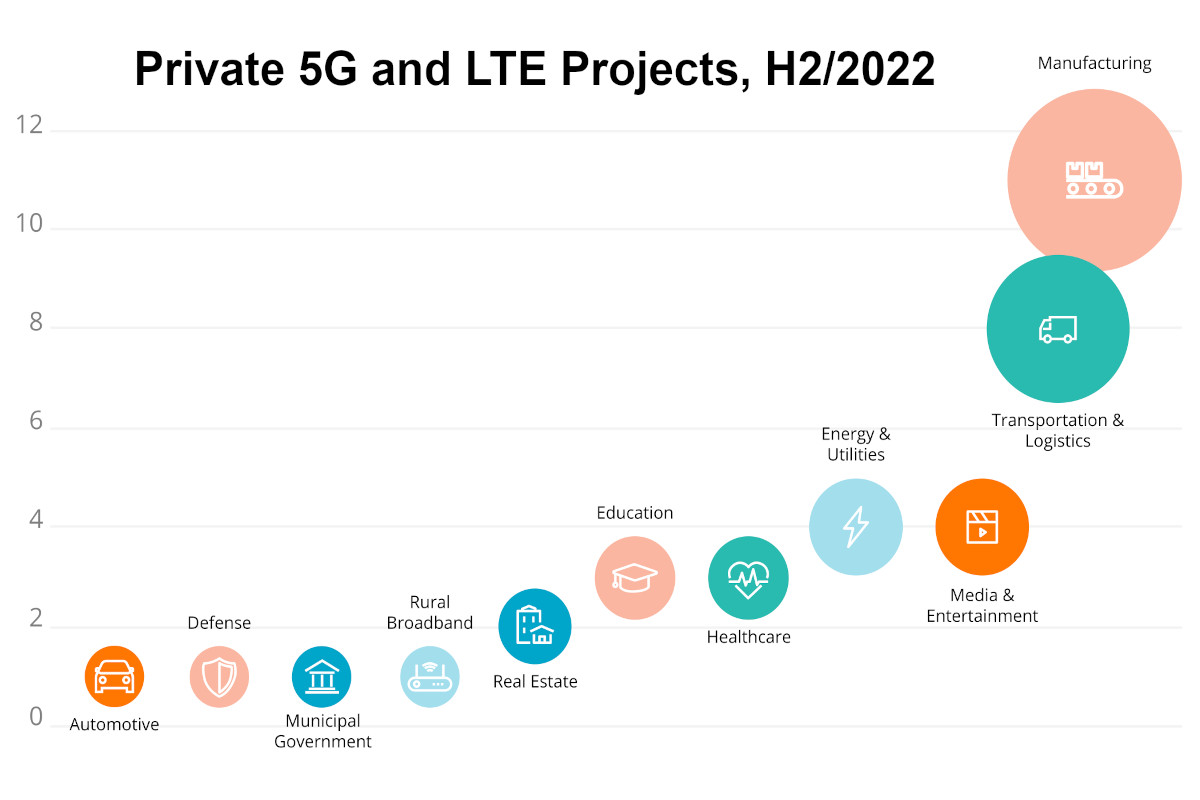
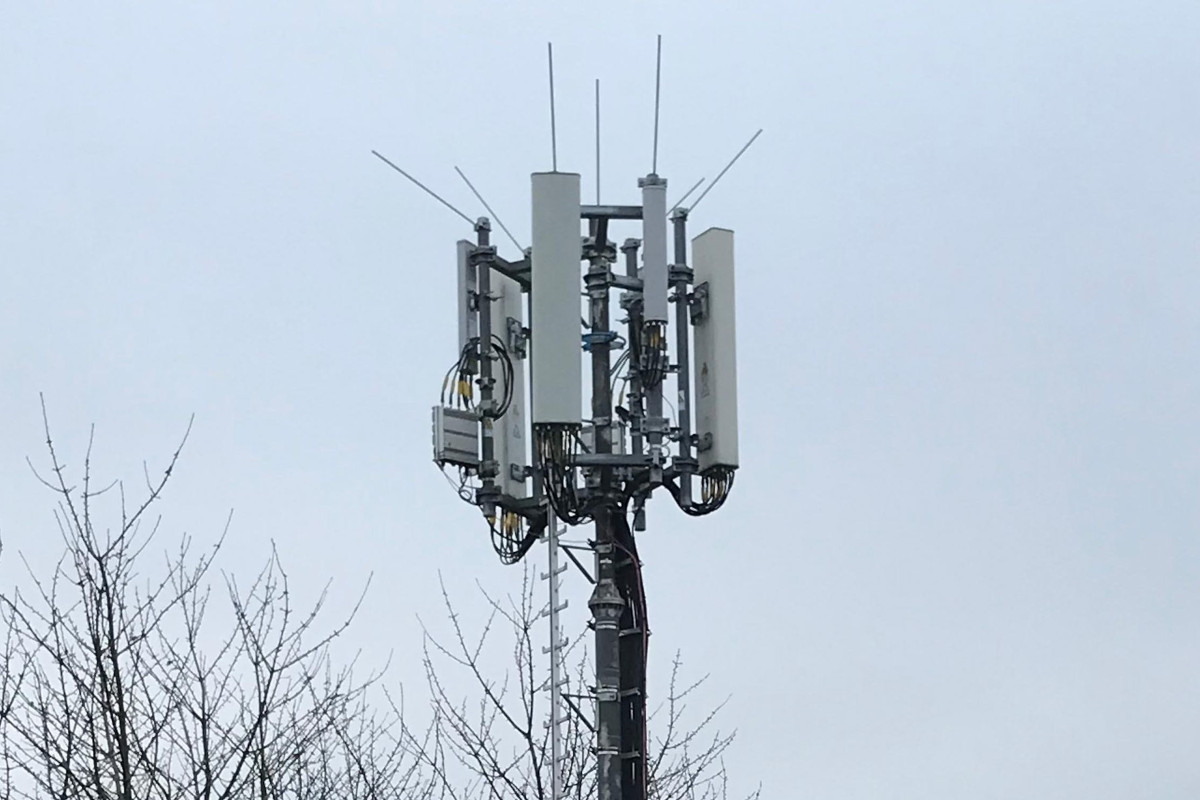
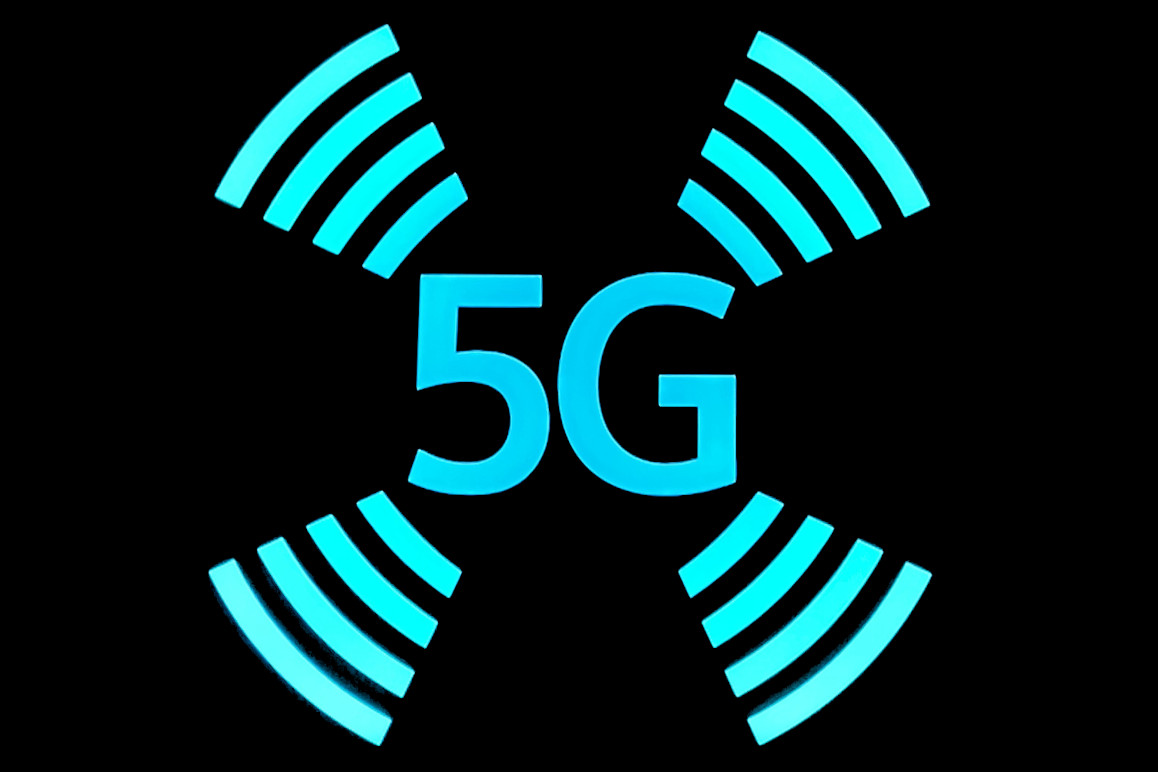
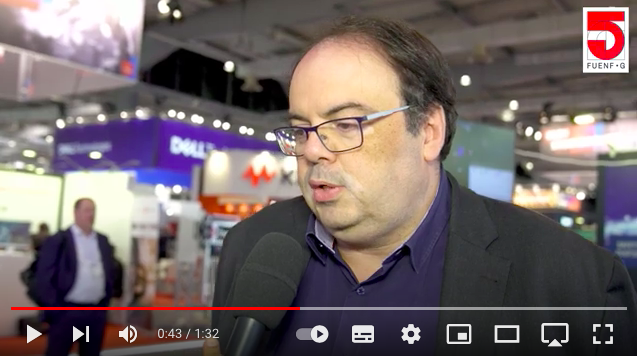

Leave A Comment